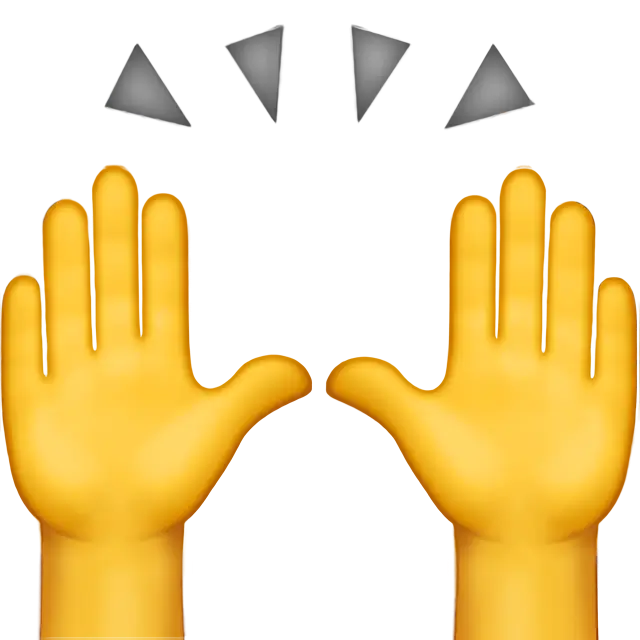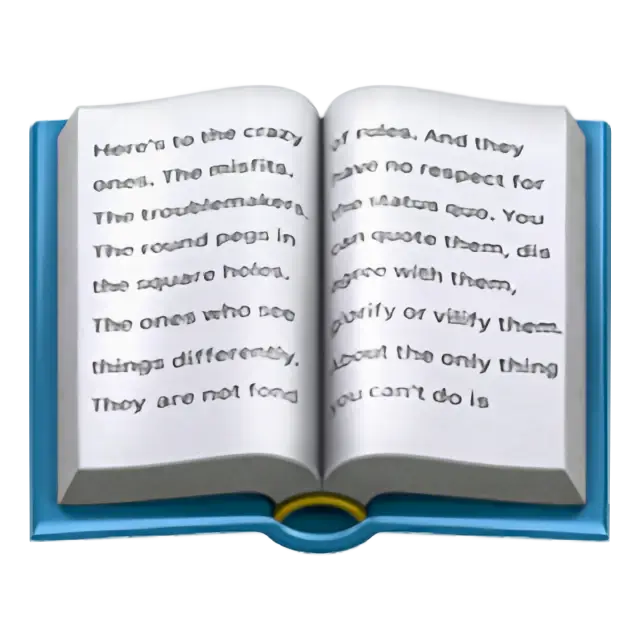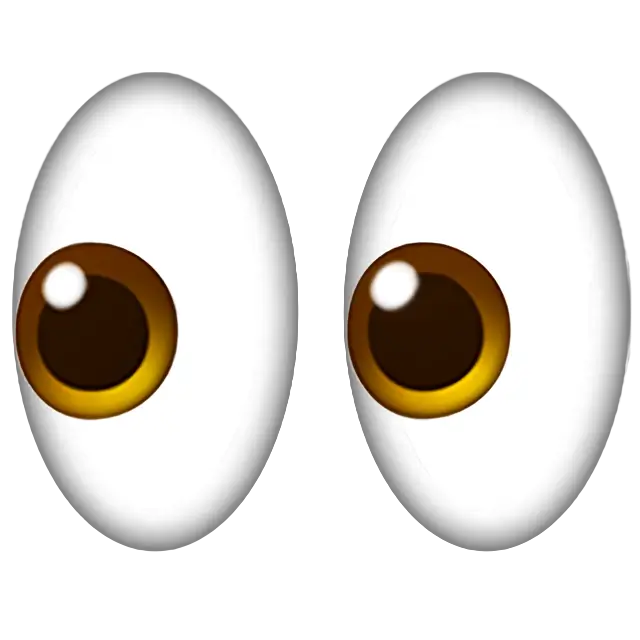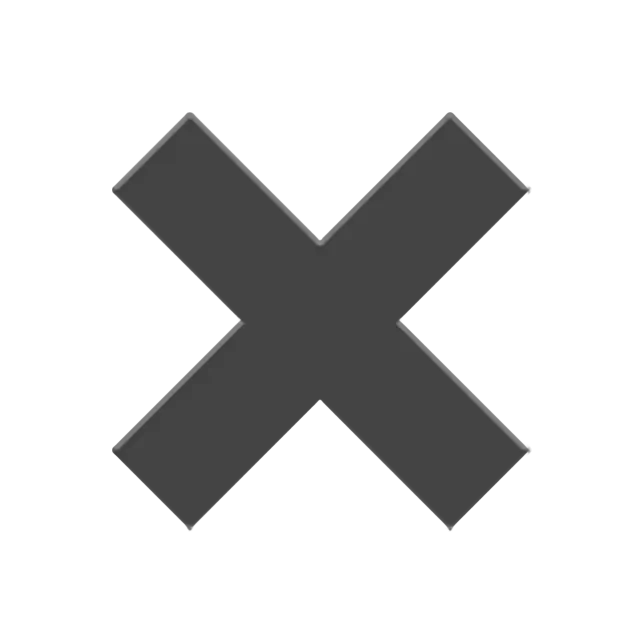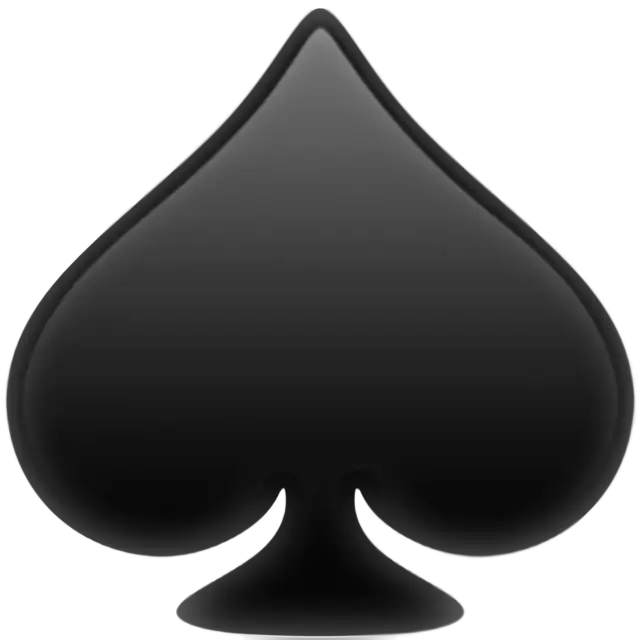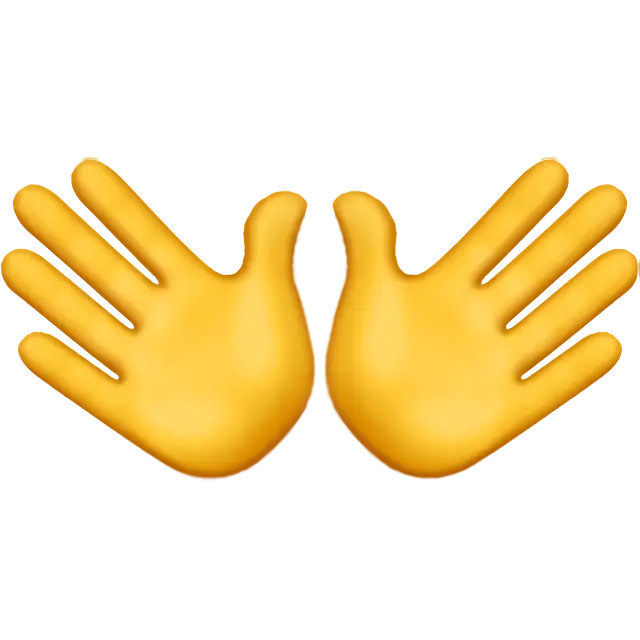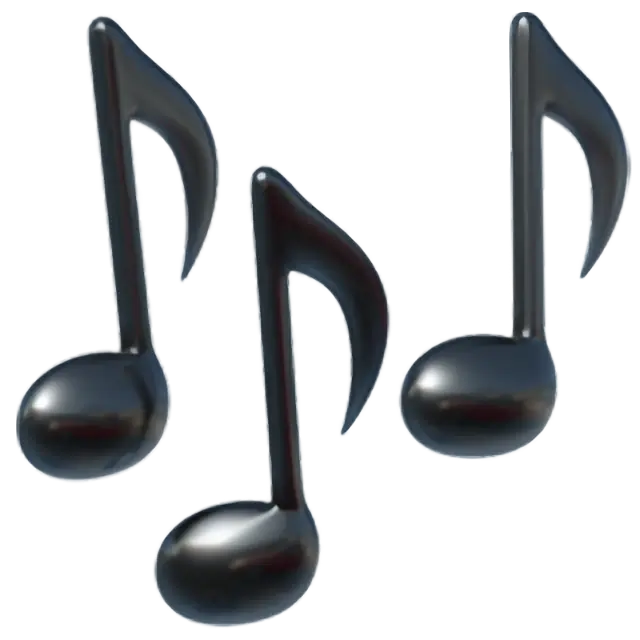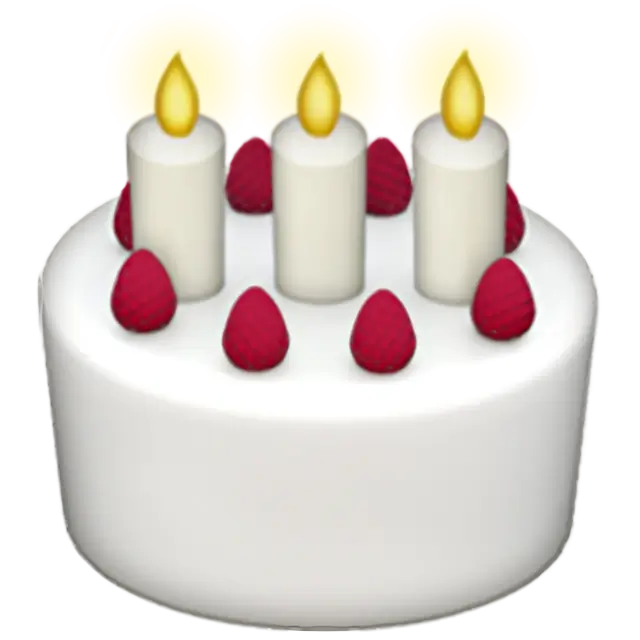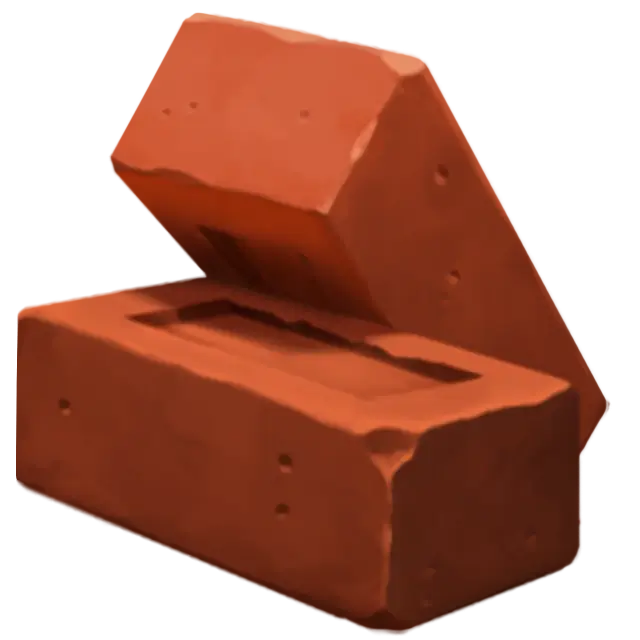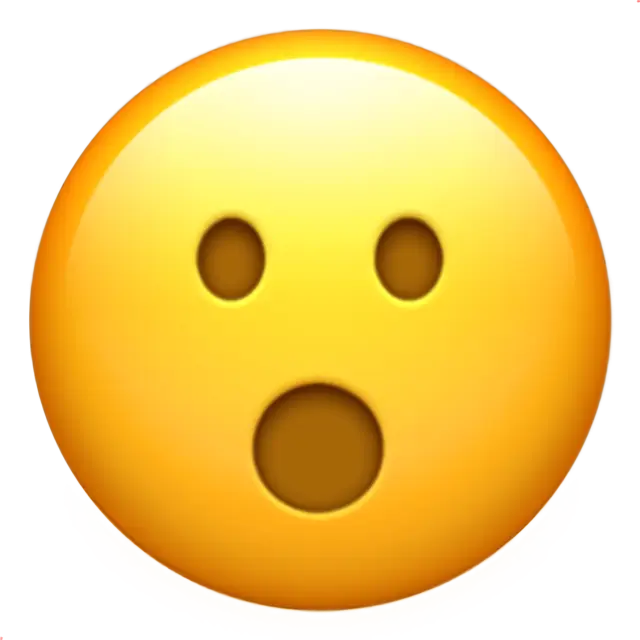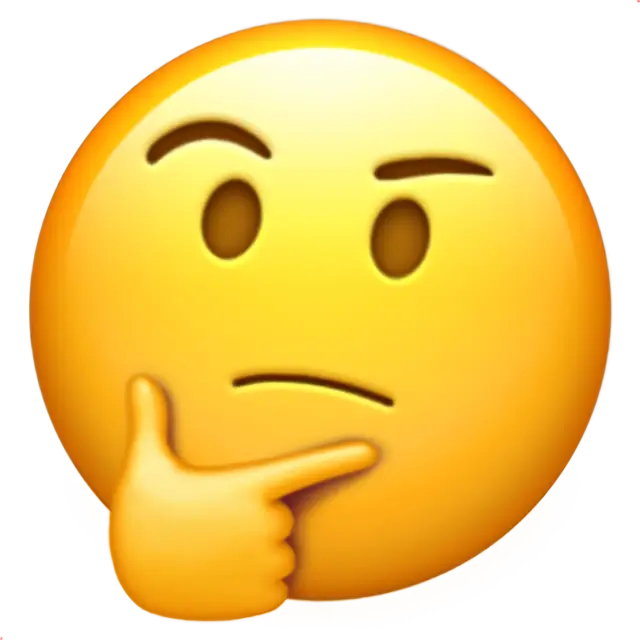Numerals
Simboluri
Arabic
Circled
-
⑧Circled Digit Opt
-
⑦Circled Digit Seven
-
⑤Circled Digit Five
-
①Circled Digit One
-
③Circled Digit Three
-
④Circled Digit Four
-
⑪Numărul unsprezece
-
⑰Circled Number Seventeen
-
②Circled Digit Two
-
⑫Număr Circled Doisprezece
-
-
⑥Circled Digit Six
-
⑬Circled Number Thirteen
-
⑨Circled Digit Nine
-
⑭Circled Number Fourteen
-
⑱Număr Circled optsprezece
-
⑩Cercul numarul 10
-
⑯Numarul Circled Șaisprezece
-
⑮Circled Number Fifteen
-
⑲Circled Number Nineteen
-
⑳Circled Number Twenty
Circled Sans-Serif
-
➀Dingbat Circled Sans-Serif Digit One
-
➁Dingbat Circled Sans-Serif Digit două
-
➆Dingbat Circulat Sans-Serif Digit Seven
-
➄Dingbat Circled Sans-Serif Digit Cinci
-
➅Dingbat Circled Sans-Serif Digit șase
-
➃Dingbat Circled Sans-Serif Digit Patru
-
➈Dingbat Circled Sans-Serif Digit Nouă
-
➉Dingbat Circled Sans Serif numărul zece
-
➇Dingbat Circled Sans-Serif Cifra Opt
-
➂Dingbat Circled Sans-Serif Digit Trei
-
Double Circled
Negative Circled
-
❽Dingbat Negativ Circled Digit Opt
-
❶Dingbat Negativ Circled Digit One
-
⓫Număr negativ circulat unsprezece
-
⓭Număr negativ circulat Treisprezece
-
❻Dingbat Negativ Circled Digit Six
-
⓱Negativ Circled Number Seventeen
-
❼Dingbat Negativ Circled Digit Seven
-
⓮Număr negativ circulat paisprezece
-
❷Dingbat Negativ Circled Digit Două
-
❾Dingbat Negativ Circled Digit Nine
-
-
❿Dingbat Negativ Circled Number Ten
-
⓲Număr negativ circulat optsprezece
-
⓳Negativ Circled Number Nineteen
-
❹Dingbat Negativ Circled Digit Patru
-
⓿Negativ Circled Digit Zero
-
❸Dingbat Negativ Circled Digit Trei
-
⓴Negativ Circled Number Twenty
-
❺Dingbat Negativ Circled Digit Cinci
-
⓯Negativ Circled Number Fifteen
-
⓬Număr negativ circulat doisprezece
-
⓰Negativ Circled Number Sixteen
Negative Circled Sans-Serif
-
➎Dingbat Negativ Circulate Sans-Serif Digit Cinci
-
➌Dingbat negativ circulat Sans-Serif Digit Trei
-
➓Dingbat Negativ Circled Sans Serif numărul zece
-
➑Dingbat negativ circulat Sans-Serif cifră opt
-
➒Dingbat Negativ Cercat Sans-Serif Digit Nine
-
➋Dingbat Negativ Circulate Sans-Serif Digit Două
-
➍Dingbat Negativ Circled Sans-Serif Digit Patru
-
➐Dingbat negativ circulat Sans-Serif Digit Seven
-
➊Dingbat Negativ Circled Sans-Serif Digit One
-
➏Dingbat Negativ Circled Sans-Serif Digit Șase
-
Sans-Serif
-
𝟧Matematică Sans-Serif Digit Cinci
-
𝟩Matematică Sans-Serif Digit Seven
-
𝟪Matematică Sans-Serif Digit Opt
-
𝟫Matematică Sans-Serif Digit Nine
-
𝟥Matematică Sans-Serif Digit Trei
-
𝟤Matematică Sans-Serif Digit Two
-
𝟦Matematică Sans-Serif Digit Patru
-
𝟣Matematică Sans-Serif Digit One
-
𝟢Matematică Sans-Serif Digit Zero
-
𝟨Matematică Sans-Serif Digit Six
-
-
Bold
Sans-Serif Bold
-
𝟲Matematică Sans-Serif Bold Digit Six
-
𝟭Matematică Sans-Serif Bold Digit One
-
𝟮Matematică Sans-Serif Bold Digit Două
-
𝟬Matematică Sans-Serif Bold Digit Zero
-
𝟱Matematică Sans-Serif Bold Digit Cinci
-
𝟵Matematică Sans-Serif Bold Digit Nine
-
𝟳Matematică Sans-Serif Bold Digit Seven
-
𝟯Matematică Sans-Serif Bold Digit Trei
-
𝟴Matematică Sans-Serif Bold Digit Opt
-
𝟰Matematică Sans-Serif Bold Digit Patru
-
Double-Struck
-
𝟛Matematic dublu-Struck Cifra Trei
-
𝟞Matematică dublu-Struck Digit șase
-
𝟙Matematică dublu-Struck Digit One
-
𝟚Matematică dublu-Struck Două
-
𝟠Matematic dublu-Struck cifra opt
-
𝟘Matematică cu două cifre Zero
-
𝟜Matematică dublu-Struck Digit patru
-
𝟡Matematică dublu-Struct Cifra Nouă
-
𝟝Matematică dublu-Struck Digit Cinci
-
𝟟Matematică dublu-structurat cifra șapte
-
-
Parenthesized
-
⒄Parenthesized Number Seventeen
-
⑿Numărul Parenthesized doisprezece
-
⒆Parenthesized Number Nineteen
-
⒀Parenthesized Number Thirteen
-
⑾Parenthesized Numărul unsprezece
-
⒁Parenthesized Number Fourteen
-
⑹Părțișorată cifră șase
-
⑺Parenthesized Digit Seven
-
⑼Parenthesized Digit Nine
-
⑶Parenthesized Digit Trei
-
-
⑴Parenthesized Digit One
-
⑻Părțișorată cifră opt
-
⑸Parenthesized Digit Five
-
⑽Parenthesized Number Ten
-
⑵Parenthesized Digit Two
-
⒇Parenthesized Number Twenty
-
⑷Părțișorat Digit Patru
-
⒂Parenthesized Numărul cincisprezece
-
⒃Parenthesized Number Sixteen
-
⒅Parenthesized Numărul optsprezece
Full Stop
-
⒎Cifra Șapte Stop complet
-
⒋Cifra patru Pauză completă
-
⒕Numărul paisprezece opriri complete
-
⒉Două cifre complete
-
⒏Cifra opt Stop complet
-
⒚Numărul nr
-
⒍Cifra șase oprire completă
-
⒈Cifrați o oprire completă
-
⒖Numărul cincisprezecea oprire completă
-
⒊Cifra Trei Stop complet
-
-
⒐Digit Nine Full Stop
-
⒑Numărul zece opriri complete
-
⒌Cifra Cinci Stop Stop
-
⒒Numărul unsprezece opriri complete
-
⒓Numărul doisprezece opriri complete
-
⒘Numărul optsprezece opriri complete
-
⒙Numărul optsprezece Stop complet
-
⒗Numărul șaisprezecea oprire completă
-
⒔Numărul treisprezece opriri complete
-
⒛Numărul 24 de oprire completă
-
Monospace
-
𝟽Matematică Monospace Digit Seven
-
𝟶Matematică Monospace Digit Zero
-
𝟺Matematică Monospace Digit Patru
-
𝟷Matematică Monospace Digit One
-
𝟸Matematică Monospace Digit Two
-
𝟹Matematică Monospace Digit Trei
-
𝟾Matematică Monospace Digit Opt
-
𝟼Matematică Monospace Digit Six
-
𝟿Matematică Monospace Digit Nine
-
𝟻Matematică Monospace Digit Cinci
-
Fullwidth
Fractions
Fractions
-
⅝Vulgar Fracțiunea Cinci Opt
-
⅓Vulgar Fraction One Third
-
½Vulgar Fraction One Half
-
⅟Fraction Numerator One
-
⅕Fracțiunea fragedă o cincime
-
⅘Vulgar Fraction Four Fifths
-
⅚Fracțiunea fragedă Cinci șase
-
¼Fracțiunea fragedă un trimestru
-
⅑Fracțiunea fragedă
-
⅞Fracțiunea vulgară Șapte Opt
-
⅔Vulgar Fraction Two Thirds
-
⅛Vulgar Fraction One Opt
-
⅐Fracțiunea vulgară Unu șaptelea
-
⅒Fracțiunea fragedă O Zece
-
¾Vulgar Fraction Three Quarters
-
⅖Vulgar Fraction Two Fifths
-
⅗Fracțiunea vulgară Trei cincea
-
⅙Vulgar Fraction One A șasea
-
⅜Fracțiunea vulgară Trei opt
-
-
Roman
Actual
-
ⅠNumarul Roman Numarul Unu
-
ⅡRoman Numeral 2
-
ⅣRoman Numeral Patru
-
ⅢRoman Numeral Trei
-
ⅤRoman Numeral Cinci
-
ⅥNumărul Roman șase
-
ⅧRoman numarul opt
-
ⅦNumărul Roman 7
-
ⅨRoman Numarul Nou
-
ⅩNumarul Roman 10
-
ⅭRoman numărătoarea o sută
-
ⅯRoman numărătoarea o mie
-
ⅪNumărul Roman al unsprezece
-
ⅬRoman numeral Cincizeci
-
ⅫRoman numeral doisprezece
-
ⅮNumarul Roman Cinci Hundred
Archaic
Indian
Brahmi
Devanagari
Bengali
Gurmukhi
Gujarati
Oriya
Tamil
Telugu
Kannada
Malayalam
Sinhala
Saurashtra
Javanese
Sharada
Modi
Takri
Ahom
Bhaiksuki
Ol Chiki
Meetei Mayek
Masaram Gondi
Asian
Arabic
Thai
New Tai Lue
Tai Tham Hora
Tai Tham Tham
Myanmar
Myanmar Tai Laing
-
꧹Myanmar Tai Laing Digit Nouă
-
꧸Myanmar Tai Laing Digit Opt
-
꧶Myanmar Tai Laing Digit Six
-
꧲Myanmar Tai Laing Digit Doi
-
꧱Myanmar Tai Laing Digit One
-
꧴Myanmar Tai Laing Digit Patru
-
꧷Myanmar Tai Laing Digit Seven
-
꧰Myanmar Tai Laing Digit Zero
-
꧵Myanmar Tai Laing Digit Cinci
-
꧳Myanmar Tai Laing Digit Trei
-
Lao
Tibetan
Limbu
Khmer
Old Mongolian
Sundanese
Balinese
Lepcha
Vai
Cham
Chakma
Khudawadi
Newa
Tirhuta
Mro
Kayah Li
Pahawh Hmong
African
NKo
Osmanya
Adlam
Non-positional Number Systems
Brahmi
-
𑁒Brahmi numărul unu
-
𑁔Brahmi numărul trei
-
𑁓Brahmi numărul doi
-
𑁕Brahmi numărul patru
-
𑁘Brahmi Numărul șapte
-
𑁟Brahmi Numărul Cincizeci
-
𑁗Brahmi numărul șase
-
𑁣Brahmi Numărul nouăzeci
-
𑁜Brahmi Numărul Douăzeci
-
𑁠Brahmi numărul șaizeci
-
𑁡Brahmi Numărul șaptezeci
-
𑁥Brahmi numărul unu mie
-
𑁛Brahmi numărul zece
-
𑁝Brahmi Numărul treizeci
-
𑁢Numărul Brahmi Optzeci
-
𑁤Brahmi numărul o sută
-
𑁙Brahmi Numărul opt
-
𑁚Brahmi Numărul Nouă
-
𑁞Brahmi Numărul patruzeci
-
𑁖Brahmi numărul cinci
-
Ethiopic
-
፯Etiopic Digit Seven
-
፴Numărul etiopic Treizeci
-
፲Etiopic numărul zece
-
፶Numărul etiopic Cincizeci
-
፳Numărul Etiopic Douăzeci
-
፵Numărul Etiopic Patruzeci
-
፩Etiopic Digit One
-
፪Etiopic Digit Two
-
፸Numărul etiopic Șaptezeci
-
፫Etiopic Cifra Trei
-
፬Etiopic Digit Patru
-
፷Numărul etiopic șaizeci
-
፮Etiopic Digit Six
-
፱Etiopic Digit Nine
-
፼Numărul etiopic Zece mii
-
፭Etiopic Digit Cinci
-
፺Etiopic Numărul nouăzeci
-
፹Numărul etiopic Optzeci
-
፻Etiopic Numărul Hundred
-
፰Etiopic Cifra opt
-
Rumi Numeral Symbols
-
𐹻Rumi Fraction One Half
-
𐹺Rumi Number Nine Hundred
-
𐹯Rumi Numărul șaptezeci
-
𐹬Rumi Number Forty
-
𐹮Rumi numărul șaizeci
-
𐹢Rumi Digit Trei
-
𐹰Numărul Rumi Optzeci
-
𐹪Rumi Number Twenty
-
𐹭Rumi Numărul Cincizeci
-
𐹳Rumi Number Two Hundred
-
𐹨Rumi Digit Nine
-
𐹶Rumi Numărul Cinci Hundred
-
𐹷Rumi Number Six Hundred
-
𐹧Rumi Digit Opt
-
𐹸Rumi Numărul șaptezeci
-
𐹤Rumi Digit Cinci
-
𐹫Numărul de Rumi treizeci
-
𐹡Rumi Digit Two
-
𐹴Rumi Numărul trei sute
-
𐹩Rumi numărul zece
-
𐹵Rumi numărul patru sute
-
𐹹Numărul Rumi Opt Hundred
-
𐹠Rumi Digit One
-
𐹱Rumi Numărul nouăzeci
-
𐹲Rumi numărul o sută
-
𐹣Rumi Digit Patru
-
𐹥Rumi Digit Six
-
𐹦Rumi Digit Seven
Coptic Epact Numbers
-
𐋤Coptic Epact Digit Patru
-
𐋡Coptic Epact Digit One
-
𐋧Coptic Epact Digit Seven
-
𐋩Coptic Epact Digit Nine
-
𐋹Coptic Epact Number Seven Hundred
-
𐋣Coptic Epact Digit Trei
-
𐋥Coptic Epact Digit Cinci
-
𐋷Coptic Epact Numărul Cinci Hundred
-
𐋪Coptic Epact Number Ten
-
𐋦Coptic Epact Digit Six
-
𐋴Coptic Epact Number Two Hundred
-
𐋶Coptic Epact Number Four Hundred
-
𐋢Coptic Epact Digit Two
-
𐋰Coptic Epact Number Șaptezeci
-
𐋻Coptic Epact Number Nine Hundred
-
𐋫Coptic Epact Number Twenty
-
𐋵Coptic Epact Number Three Hundred
-
𐋮Coptic Epact Number Fifty
-
𐋲Coptic Epact Number Ninety
-
𐋺Coptic Epact Number Opt Hundred
-
𐋬Coptic Epact Number Treizeci
-
𐋸Coptic Epact Number Six Hundred
-
𐋨Coptic Epact Digit Opt
-
𐋯Coptic Epact Number Sixty
-
𐋱Coptic Epact Number Optzeci
-
𐋠Coptic Epact Mii Mark
-
𐋳Coptic Epact Number One Hundred
-
𐋭Coptic Epact Number Forty
-
Mende Kikakui
-
𞣉Mende Kikakui Cifra Trei
-
𞣈Mende Kikakui Digit Two
-
𞣏Mende Kikakui Digit Nine
-
𞣑Mende Kikakui combinând numărul zeci
-
𞣕Mende Kikakui combinând numărul sute de mii
-
𞣊Mende Kikakui Cifra Patru
-
𞣌Mende Kikakui Digit Six
-
𞣔Mende Kikakui combinând numărul zece mii
-
𞣓Mende Kikakui combinând numărul de mii
-
𞣇Mende Kikakui Digit One
-
𞣋Mende Kikakui Digit Cinci
-
𞣍Mende Kikakui Cifra Șapte
-
𞣒Mende Kikakui combinând numărul sute
-
𞣖Mende Kikakui Combinând milioane de milioane
-
𞣎Mende Kikakui Cifra opt
-
𞣐Mende Kikakui combinând numărul adolescentelor
Kharoshthi
Bhaiksuki
-
𑱬Bhaiksuki Sute Mark Unit
-
𑱦Numarul Bhaiksuki Patruzeci
-
𑱧Bhaiksuki Numărul Cincizeci
-
𑱛Bhaiksuki numărul doi
-
𑱣Bhaiksuki numărul zece
-
𑱤Bhaiksuki Număr Twenty
-
𑱩Bhaiksuki Numărul șaptezeci
-
𑱞Bhaiksuki numărul cinci
-
𑱨Bhaiksuki numărul șaizeci
-
𑱪Numărul Bhaiksuki Optzeci
-
𑱜Bhaiksuki numărul trei
-
𑱢Bhaiksuki numărul nouă
-
𑱡Bhaiksuki Numărul opt
-
𑱚Bhaiksuki numărul unu
-
𑱝Bhaiksuki numărul patru
-
𑱫Bhaiksuki Numărul nouăzeci
-
𑱟Bhaiksuki numărul șase
-
𑱠Bhaiksuki Numărul șapte
-
𑱥Numărul Bhaiksuki Treizeci
-
Warang Citi
-
𑣡Warang Citi Digit One
-
𑣥Warang Citi Digit Cinci
-
𑣦Warang Citi Digit Six
-
𑣨Warang Citi Digit Opt
-
𑣧Warang Citi Digit Șapte
-
𑣬Warang Citi Number Treizeci
-
𑣩Warang Citi Digit Nouă
-
𑣠Warang Citi Digit Zero
-
𑣢Warang Citi Digit Two
-
𑣲Warang Citi Number Ninety
-
𑣣Warang Citi Digit Trei
-
𑣫Warang Citi Number Twenty
-
𑣱Warang Citi Number Eighty
-
𑣰Warang Citi Numărul șaptezeci
-
𑣭Warang Citi Number Forty
-
𑣤Warang Citi Digit Patru
-
𑣪Warang Citi numărul zece
-
𑣮Warang Citi Numărul Cincizeci
-
𑣯Warang Citi numărul șaizeci
Very Old Systems
Counting Rod Numerals
-
𝍰Numărați opt cifre
-
𝍣Numărătoarea unității de cod Digit Patru
-
𝍦Numărătoarea unității de cod Digit Seven
-
𝍯Numărătoarea numărului de zeci de vârfuri
-
𝍭Numărarea celor cincizeci de cifre
-
𝍠Numărătoarea unității de rotație Digit One
-
𝍤Numărătoarea unității de rotație Digit Five
-
𝍪Numărarea celor douăzeci de cifre
-
𝍬Numărarea celor zece cifre
-
𝍡Numărătoarea codului unității de rotație
-
𝍢Numărătoarea unității cu trei cifre
-
𝍧Numărătoarea numărului de unități de rod
-
𝍫Numărarea celor zece cifre
-
𝍥Numărătoarea unității de bare Digit Six
-
𝍩Numărați câte un pix
-
𝍱Numărătoare de zecimale
-
𝍨Numărătoarea unității de cod Digit Nine
-
𝍮Numărați zeci de cifre
-
Cuneiform
-
𒐧Semne numerice cuneiforme Cinci Shar2
-
𒐩Semnul numeric cuneiform Seven Shar2
-
𒐫Semnul numeric cuneiform al nouăsprezecelea Shar2
-
𒐶Semnul numeric Cuneiform Trei Buru
-
𒐕Cuneiformă semne numerice One Gesh2
-
𒐗Semnul numeric cuneiform Trei Gesh2
-
𒐢Cuneiformă semnul numeric Cinci Geshu
-
𒐖Semnul Cuneiform Numeric Două Gesh2
-
𒐚Semnul numeric cuneiform de șase Gesh2
-
𒐮Semnul numeric cuneiform Trei Sharu
-
𒐛Semnul numeric cuneiform Seven Gesh2
-
𒐠Semnul numeric cuneiform Trei Geshu
-
𒐲Semnul numeric cuneiform pentru Shar2 Times Gal Plus Dish
-
𒐵Semnul Cuneiform Numeric Două Buru
-
𒐙Cuneiform Semn numeric Cinci Gesh2
-
𒐣Semnul Cuneiform Numeric Două Shar2
-
𒐴Semnul numeric cuneiform Un Buru
-
𒐟Semnul Cuneiform Numeric Două Geshu
-
𒐯Semnul numeric cuneiform în trei variante Sharu
-
𒐳Semn numeric cuneiform Shar2 Times Gal Plus Min
-
𒐷Semnul numeric cuneiform în trei variante Buru
-
𒐨Cuneiform Semn numeric șase Shar2
-
𒐘Semnul numeric cuneiform Four Gesh2
-
𒐜Cuneiformă semnul numeric Opt Gesh2
-
𒐞Semnul Cuneiform Numeric Un Geshu
-
𒐡Semnul numeric cuneiform Four Geshu
-
𒐥Semnul numeric cuneiform în trei variante Shar2
-
𒐪Semnul numeric cuneiform Eight Shar2
-
𒐭Semnul Cuneiform Numeric Două Sharu
-
𒐱Cuneiformă semnul numeric Cinci Sharu
-
𒐸Semnul numeric cuneiform Four Buru
-
𒐬Semnul Cuneiform Numeric Un Sharu
-
𒐦Semnul numeric cuneiform Four Shar2
-
𒐹Cuneiformă semnul numeric Cinci Buru
-
𒐤Semnul numeric cuneiform Trei Shar2
-
𒐰Semnul numeric cuneiform Four Sharu
-
𒐝Semnul numeric cuneiform Nine Gesh2
Egyptian Hieroglyphs
Etruscan
Attic
Generator de Pseudonime Frumoase
Te-ai săturat ca pseudonimul tău din jocuri sau rețele sociale să nu atragă atenția? Generează-ți un pseudonim unic!
Generează Pseudonim
Cum să copiezi emoji-ul Numerals
Copierea emoji-ului Numerals este foarte simplă – dacă accesezi site-ul de pe un telefon mobil, atinge emoji-ul dorit și apasă butonul „Copiază”. Pentru utilizatorii de PC, mută cursorul peste emoji și fă clic pe butonul din fereastra pop-up.
Vezi și
Copiat!



